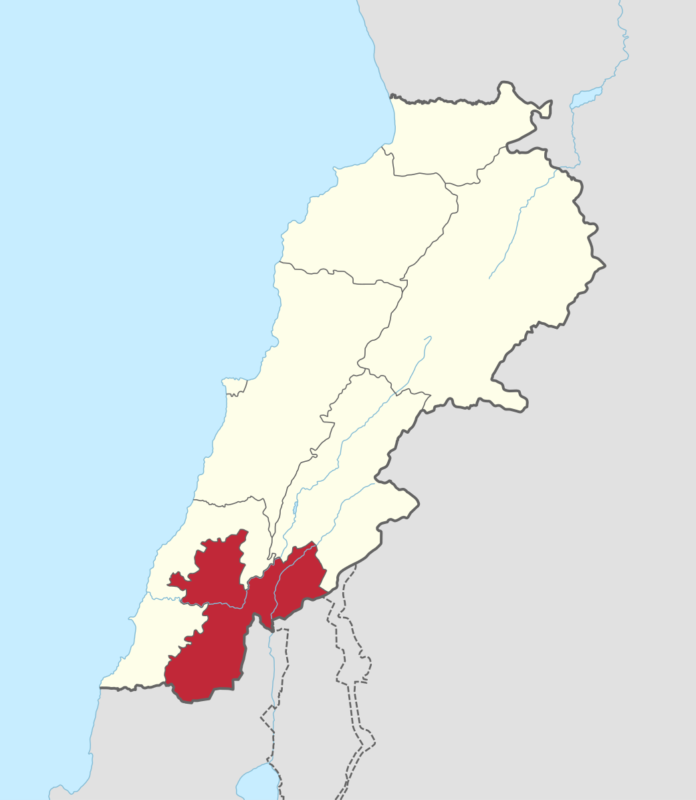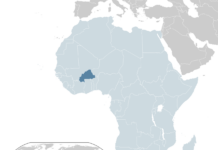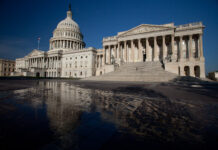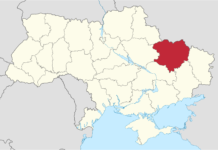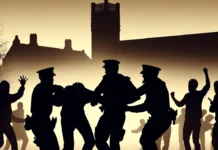Overnight tensions between Israel and Hezbollah escalated further with the killing of a second Hezbollah commander in Lebanon. This incident follows a series of intensified hostilities at the Lebanese-Israeli frontier, marking a continued period of conflict that has seen significant casualties on both sides. This incident follows a series of intensified hostilities at the Lebanese-Israeli frontier, marking a continued period of conflict that has seen significant casualties on both sides.
The slain commander, identified as Abbas al Dabs, was a senior military figure within Hezbollah, reportedly involved in coordinating air defense issues with the Islamic Revolutionary Guard Corps, including activities in Syria. Al Dabs was known for his nickname Hajj Abdullah and was allegedly assisting Iran in setting up air defenses in the region. The attack that led to his death was carried out by an Israeli drone in the southern Lebanese city of Nabatieh, targeting a vehicle and causing it to catch fire. Although initial reports suggested fatalities, later updates from Lebanese media indicated that the individuals in the vehicle were injured and in stable condition as of that evening.
This operation by Israel comes in response to Hezbollah’s aggressive actions, including the firing of dozens of Katyusha rockets toward northern Israel. Hezbollah’s actions were reportedly a retaliatory measure following the drone strike on al Dabs. The group has been active in launching attacks from Lebanon into Israel, with recent anti-tank missile strikes causing injuries among IDF soldiers.
The killing of al Dabs and the subsequent exchange of fire underscore the volatile situation along the Lebanon-Israel border. Hezbollah’s vow to respond to the assassination could potentially lead to further escalation in the conflict. This cycle of retaliation has heightened concerns about the possibility of a broader confrontation in the region, drawing in additional actors and extending the scope of the conflict beyond the immediate border areas.
This latest incident is part of a broader pattern of confrontation that has persisted since the October 7, 2023, invasion of Israel by Hezbollah’s ally in Gaza, Hamas. The ongoing hostilities have resulted in numerous casualties, including Hezbollah fighters and civilians, and have displaced tens of thousands of people from their homes on both sides of the border. The international community, including the United Nations, has expressed concern over the potential for these clashes to spiral into a full-scale war, emphasizing the need for restraint and a return to dialogue to prevent further loss of life.
As the situation continues to develop, the implications of these targeted killings and the broader conflict remain a subject of significant concern for regional stability and international peace efforts.
Image is a map of Lebanon. Location highlighted in red is Nabatieh.
Image is licensed under the Creative Commons Attribution-Share Alike 3.0 Unported license and was created by TUBS.
